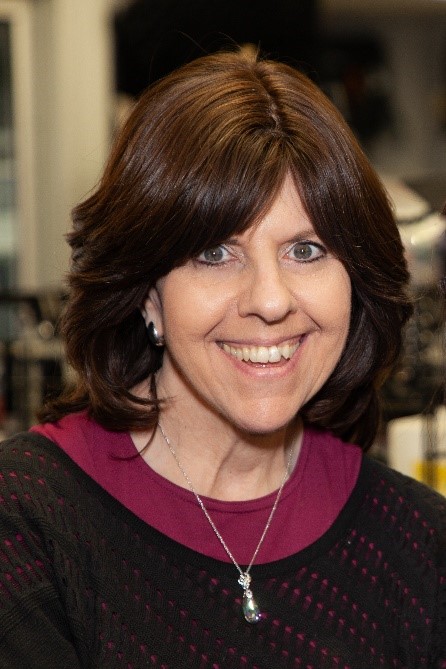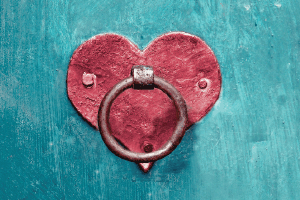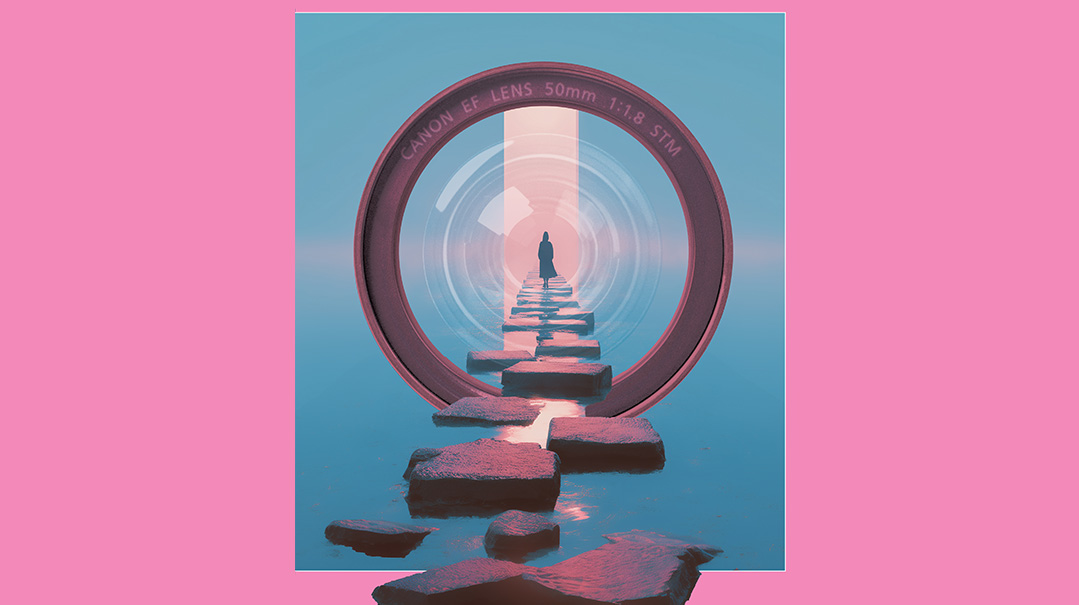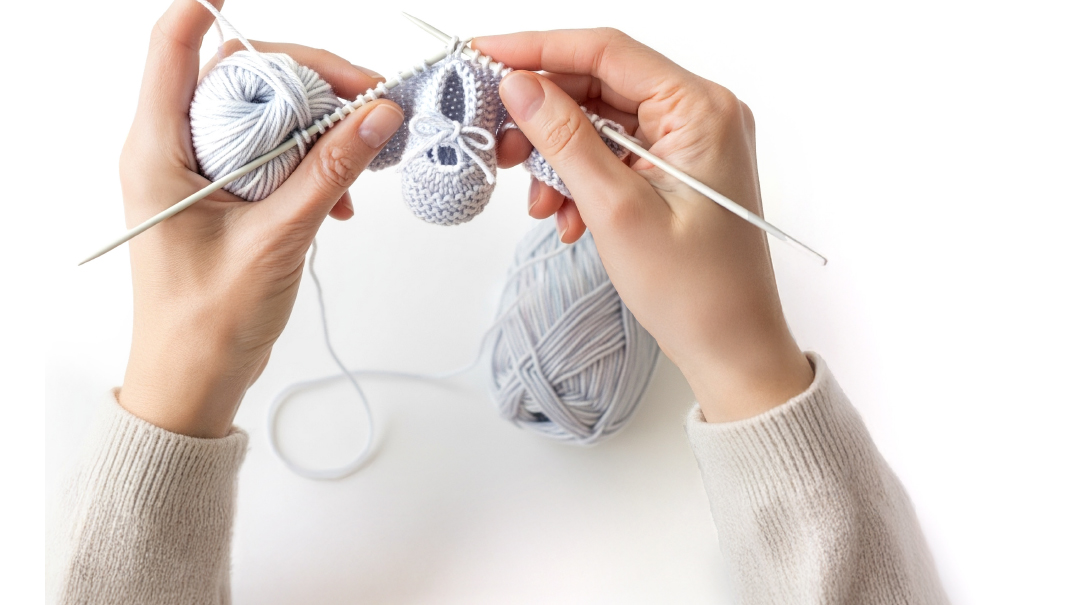Open Home, Open Heart: The Legacy of Mrs. Miriam Lowenbraun a”h

Mimi… taught us what it means to have a firm emunah in HaKadosh Baruch Hu

Miriam was 17 when she was diagnosed with a rare and aggressive cancer, and was told she had between 30 and 60 days to live. She lived another 50 years. Her uncle, Rabbi Aaron Twerski attributed this gift of life to the tefillos of her esteemed grandfather, the Hornosteipler Rebbe, Rav Yaakov Yisrael Twerski ztz”l of Milwaukee.
Daily facing her own mortality, and often experiencing excruciating pain, Miriam trained herself to focus on the wellbeing and needs of others. When Miriam’s daughter, Shulamis Weinreb, asked her mother just weeks before her death if she was afraid to die, she responded, “No. When you live your life the way HaKadosh Baruch Hu wants you to, you are not afraid of the Malach Hamaves.”
Together, with her husband ybl”ch Rabbi Yitzchok (Itchie) Lowenbraun, Miriam infused her home with her father’s teachings. Her intellectual brilliance was combined with a love for her fellow Jew. Paying tribute to the tens of guests she routinely hosted, Rav Aharon Feldman said that her dining room table should be made into an aron.
Rabbi Lowenbraun, national director of AJOP (Association for Jewish Outreach Programs) and former regional director of NCSY (National Conference of Synagogue Youth) Atlantic Seaboard Region, reflects on their marriage: “There was one condition of our marriage — to have a house like her father’s, open to everyone. It meant totally giving up privacy. Thirty people sleeping over at a time, using floor space. Yom Tov at my father-in-law’s house was otherworldly — you never came back the same person.
“The Zeide from Milwaukee always said, ‘Your gashmiyus is my ruchniyus.’ She lived by that. She was taught by her father that the Beis Hamikdash was the world’s biggest kitchen and our table was like a mizbeiach. My wife took this seriously. One Erev Pesach, in the kitchen, she was all dressed up in Yom Tov clothes and wearing makeup. I remarked that it was so nice of her to look her best for me. She said, ‘Of course I want to look good for you, but today I am preparing for Yom Tov.’ To her, this was a holy endeavor — she got dressed up, as a Kohein would in the Beis Hamikdash.”
Miriam was tzanuah, not just in appearance but in deed. “She hid most of her greatness, as her father did,” recalls Rabbi Lowenbraun. “She would be up until 2 a.m., preparing for Shabbos, and then daven Maariv for an hour. She didn’t want people to know. She would get upset if, when people called, I told them she wasn’t available because she was davening. To her it was a very private, personal thing.”
Yet Miriam’s private persona didn’t prevent her opening her heart and home. Etan G. is just one of the several people who refer to Miriam as their second mother. The Jewish Rapper has been a part of the Lowenbraun family since he was 13. “I was what you call a wayward kid,” reminisces Etan, standing in the Lowenbraun kitchen during his evening shivah call, sporting a black shirt, colorful kippah, and sunglasses. “That back door was always open. On Shabbos you could walk in and sit with your feet up on the couch. We would stay up for hours talking. The house was filled with wholesome fun — you knew you were safe here. My parents knew, on Purim, that if I was drinking in the Lowenbraun house, there was no need to call the police.
“She was a great debater, but always made sense,” continues Etan. “She made you realize things for yourself. There is no way that I would be what I am, if not for her. She was the person who would see in you what you wouldn’t see in yourself… The magic that happened here can’t ever, ever be duplicated. I learned in this house that a Jew is a Jew — it doesn’t matter if you are Reform, Conservative, or Orthodox. Eating, drinking, singing, and dancing on Shabbos, brings everyone together.”
Nosson (Neal) Westreich was one of the Lowenbrauns’ first NCSYers. “My years in yeshivah and becoming a regional director of NCSY for ten years were a direct result of many Shabbos meals and lots of love from the Lowenbrauns,” says Dr. Westreich. “I was a 14-year-old from Pikesville, brought into the world of Hornosteipel. It was otherworldly.
“I was there in the beginning. Their work never stopped, their love knew no boundaries. Eventually I became a psychiatrist, but to tell you the truth she was a better psychiatrist. She had a tremendous amount of respect for people, no matter where they came from. She was brilliant, insightful, and very caring — a natural. A real person. She talked to you about your life while preparing Shalosh Seudos in the kitchen. An engagement with her was transformative.”
As young NCSYers, Bill and Rochelle Goldberg found a home away from home at the Lowenbrauns’. “One week before her passing, she was sitting up in a chair in her room. All she wanted to talk about was my children. ‘Rochelle, go through all of them, tell me what they are up to,’ she said with a smile on her very gaunt face. I wanted to take the time to thank her, to reminisce about old times, to tell her how much she meant and means to me, to apologize for not being around the way I should have. But she wanted to hear about my children — her nachas.
“With this last visit again she taught me, through example, the true dignity of a bas melech… Hashem loaned this special malach, Miriam, to the world, to show people what it means to really love. She was the most remarkable woman I ever met.”
Giving is what energized her. “After Miriam’s last chemo treatment, I knew she was tired and had no koach, yet she was on the phone until 11:30 at night,” recalls Rabbi Lowenbraun. “I asked her, ‘Why can’t you tell them you can’t talk?’ She answered: ‘As long as I am helping somebody, I have a purpose.’ ”
Miriam Lowenbraun’s purpose in this world lives on in those who were molded by her wisdom. Aliza Bulow, director of Ner LeElef North American Women’s Program, traveled to the shivah house from Denver. Having attended the annual AJOP conference for close to 20 years, Miriam guided and nurtured Aliza through her evolution from lay leader to kiruv professional, and from wonder-filled parent of little children to a more confident parent of older children.
“No matter how busy she was, she always had time for me,” reminisces Aliza. “One of the things I really appreciated about Miriam was her willingness to share her wisdom without pretenses. She always valued who I was at the stage I was at, never causing me to feel that I was beneath her station — even when I really was. I try to emulate what I have learned from her today as I guide women where they are and who they are, not trying to make them into me but to help them become themselves. I truly treasured the middos that Miriam had that allowed her to recognize, value, and encourage individuality.”
Miriam’s beautiful legacy of selfless avodas Hashem, received from her parents and passed down to her children, was obvious, to me, from the words of her 12-year-old grandson, Moshe. “It was really beautiful to see, at the funeral, all the people that she touched who felt like they were her children,” he said. “They are not even really related and still they feel like they are her children.”
(Originally featured in Family First, Issue 397)
Oops! We could not locate your form.






